Since the dawn of technology, the concept of Artificial Intelligence (AI) has intrigued the technology and science community. It started with dreams of having an automated robot, like Maria in the 1927 film “Metropolis.” Soon, however, AI began to be questioned and feared with science fiction movies like the 1968 “2001: A Space Odyssey,” in which an AI-powered eye, named Hal, sabotages a crew of astronauts on a mission in space.
In the early 1950s, when AI was first being explored, computers were extremely expensive, costing $200 thousand to lease for one month, and the technology wasn’t very advanced at the time. Computers back then could be told what to do: they wouldn’t remember what they already did. This made it hard to run AI automated commands because AI needs to learn from their past interactions in order to work.
According to The History of Artificial Intelligence, between 1957 and 1974, the AI concept kept growing. Computers were more accessible and more advanced than ever, making it easy to test AI commands. Still, there was not enough storage or processing power to exhibit intelligence. Finally, in the 1980s, computers were able to learn from past experiences with the popularization of “Deep Learning Techniques” done by John Hopfield and David Rumelhart.
From 1982 to 1990, the Japanese government poured $400 million into improving computer processing and AI. The first time AI was displayed to the public as a new technology that could do something better than a human was in 1997, when world chess champion Gary Kasparov was beaten in a chess match by IBM’s chess-playing computer program called Deep Blue. Although it was a single chess match, this moment showed how powerful computers and AI had become.
Fast forward to today: AI has become a burden in the classroom. Since the early 1900s the idea of AI has become a reality, slowly taking the same path as cell phones and other portable devices. Throughout the years, the presence of iPhones and electronic devices has grown in school settings, and with the release of AI on computers and smartphones, technology’s grasp on students only tightens.
On Feb. 27, 2023, Chat GPT was added to Snapchat. Initially, it was meant just for Snapchat Plus users, but on April 19, AI became available to all Snapchat users. When Snapchat AI became mainstream, the AI campaign began to take off, causing the rapid promotion of Chat GPT.
In order to address the rising use of AI in schools, the Kalamazoo Public Schools (KPS) district is forming an AI steering committee to help guide teachers and administrators through the fog that AI has been stirring up.
“The AI steering committee will get teachers from all over the district: principals, administrators and other people as well, talking about the pros and cons of AI,” said Alexandra Miller, coordinator of instructional technology for KPS
On the other hand, AI isn’t a totally bad thing. Aside from sabotaging space missions, AI can be really helpful to educational learning.
Although it’s frequently used by students as a loophole to original work, which can make teachers’ jobs more difficult, AI also has beneficial aspects for teachers according to English teacher Joe Robinson.
“We could use AI to look at writing styles and language uses, like looking at a paper generated by AI, and see the things they are doing and try to mimic it,” said Robinson, “and also for creating quizzes and things for students before they have a real test to help them prepare.”
According to Classpoint, AI can create a personalized learning experience for students by using their weaknesses to help build their strengths. Depending on how the student learns, AI can help alter the course plan to fit one singular student.
“AI can help students understand something that can be totally unreliable if it is a concept or a topic,” said Miller. “AI can be used almost as a tutor, so that any information can be tailored down and can be applied to your own background knowledge, so that you’re able to make connections and understand it then it can allow students and learners to reach deeper levels of thinking.”
AI leaves its imprint on student’s hobbies and interests as well. “I’m into building bridges with toothpicks and popsicle sticks. I use chat GPT to help me build a safe design to optimize how my bridge is built,” said freshman Cash Wolverton.
As technology grows, AI grows. Teachers continue to see the issue and have to adapt to the new standards and ways students can get out of writing a paper, making AI another obstacle in the classroom.
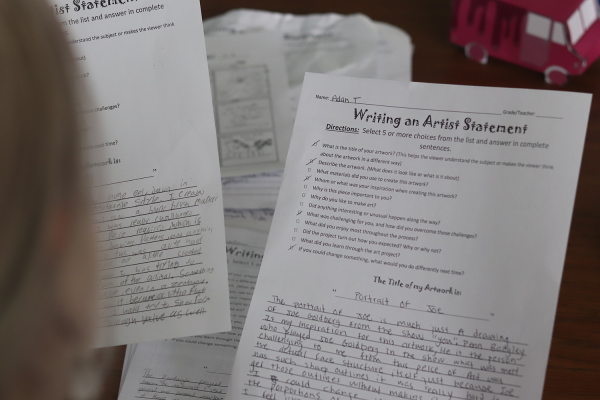
(Credit: Alexander Velo)


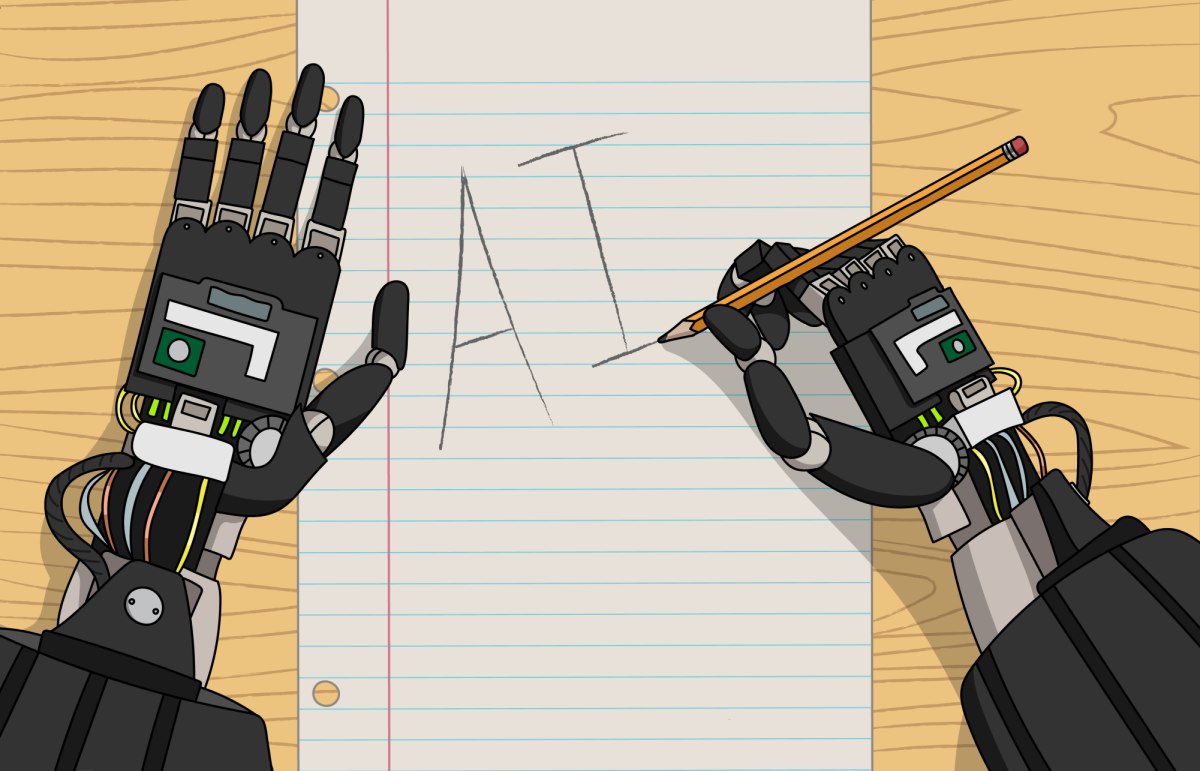
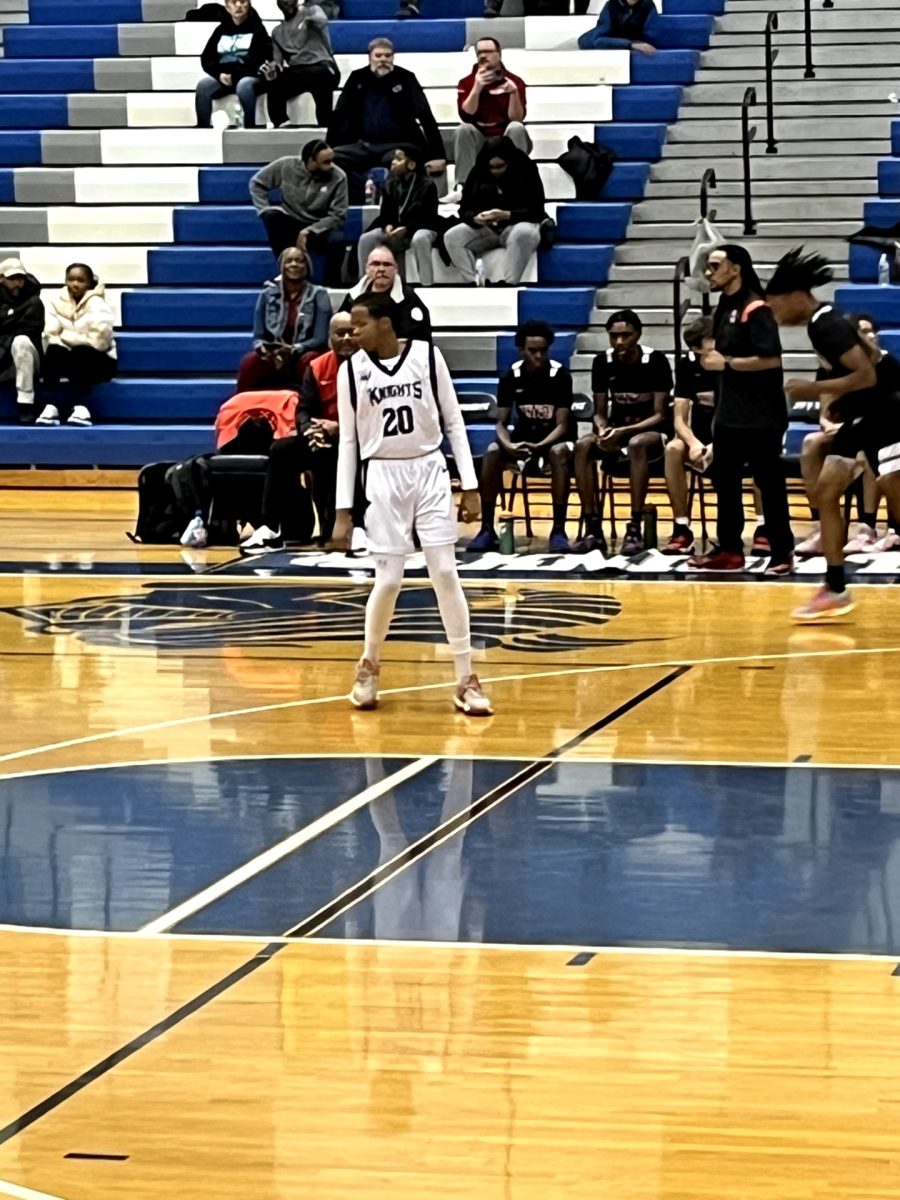
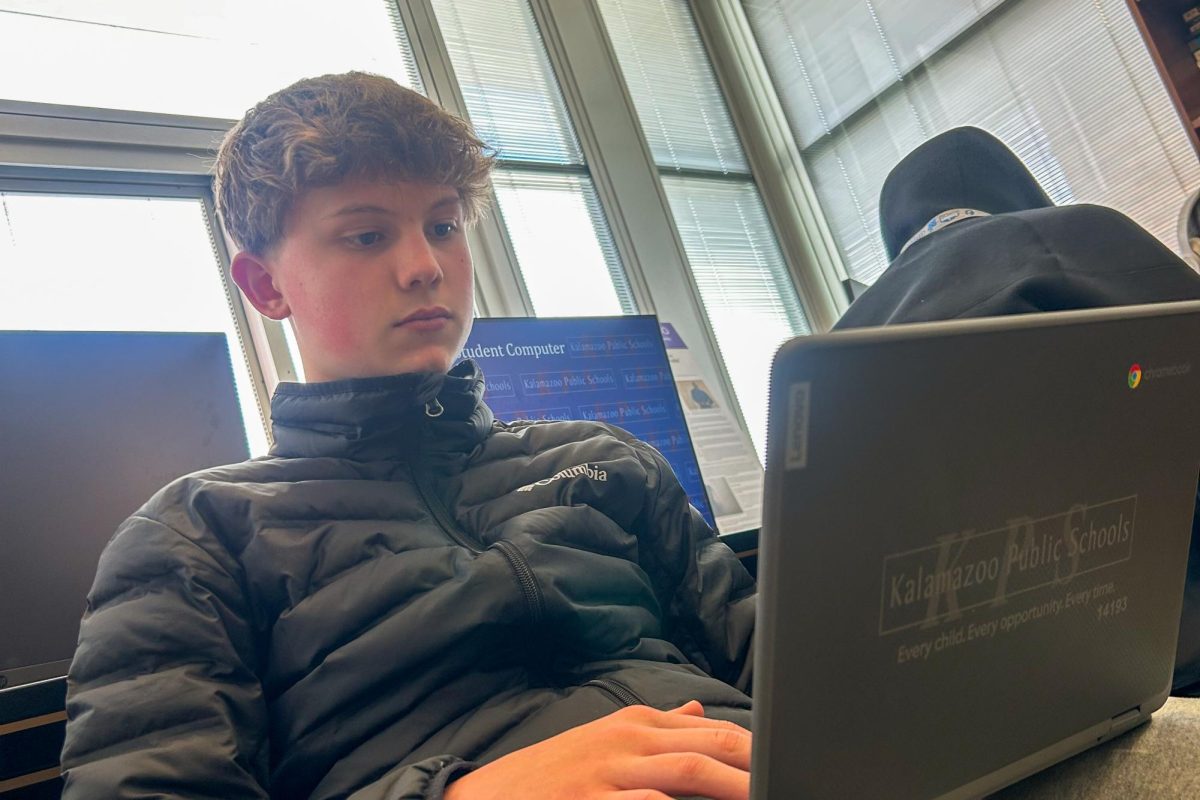

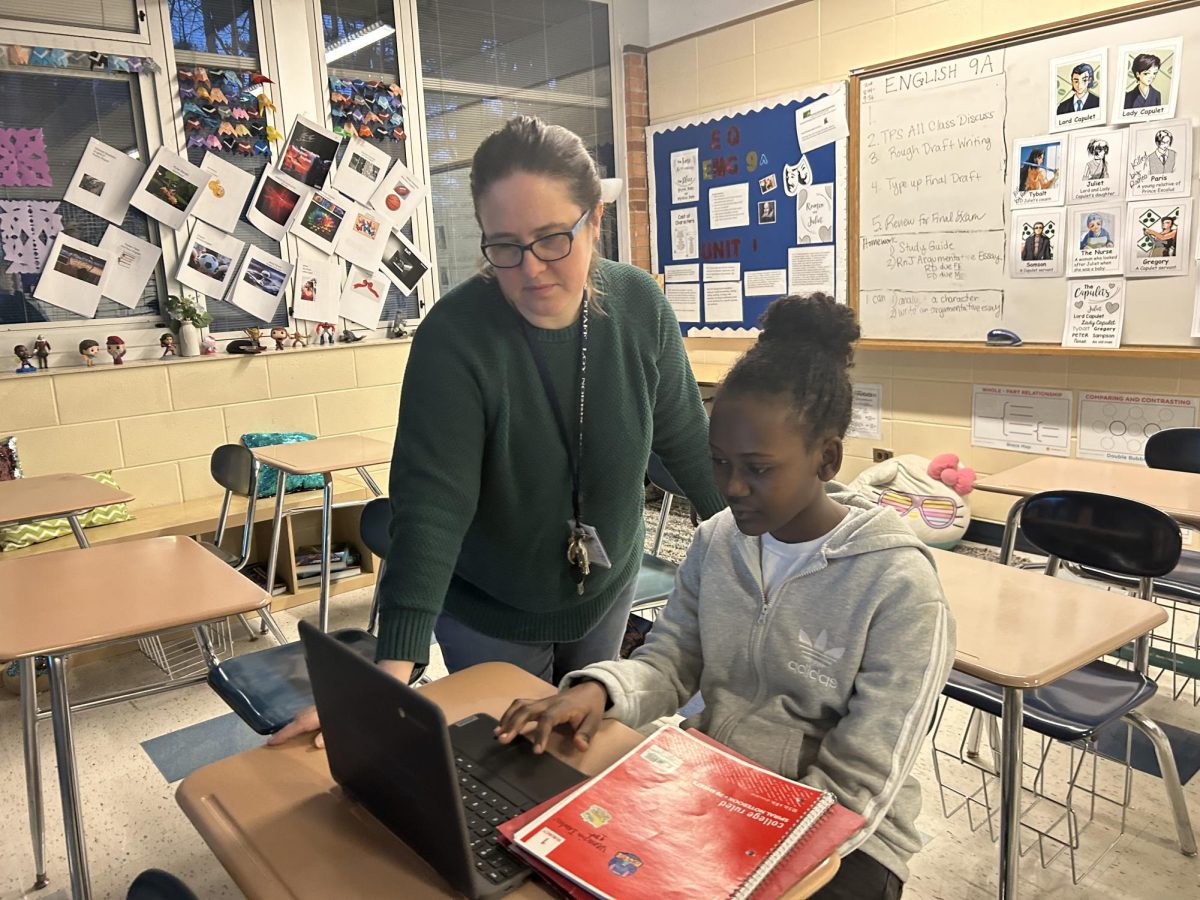
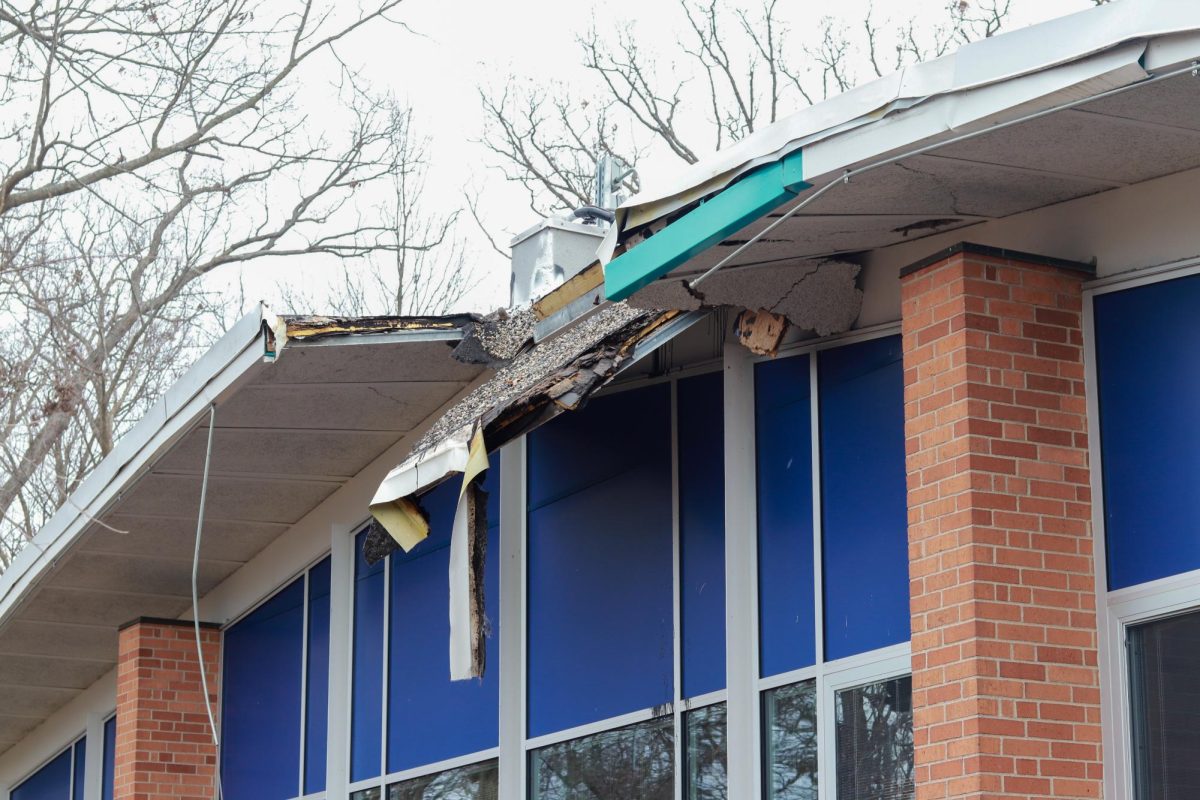

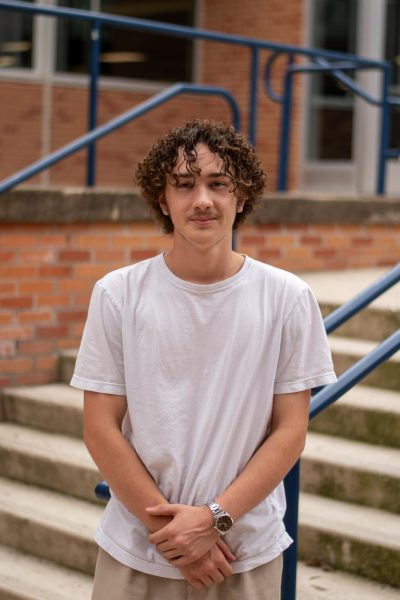

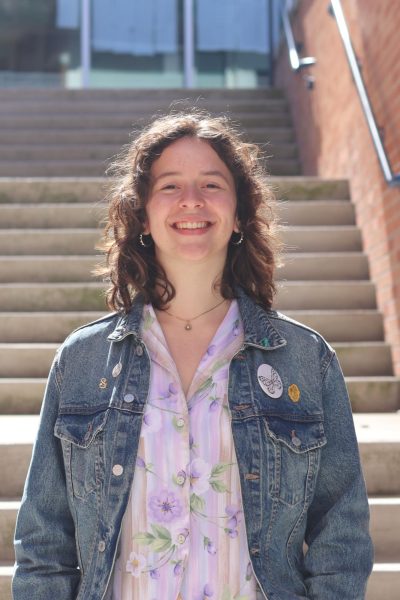
Selina Kyle • Jun 9, 2024 at 9:01 am
Happy to see Metropolis(1927) included in a Knight Life article… I never thought I’d live to see the day